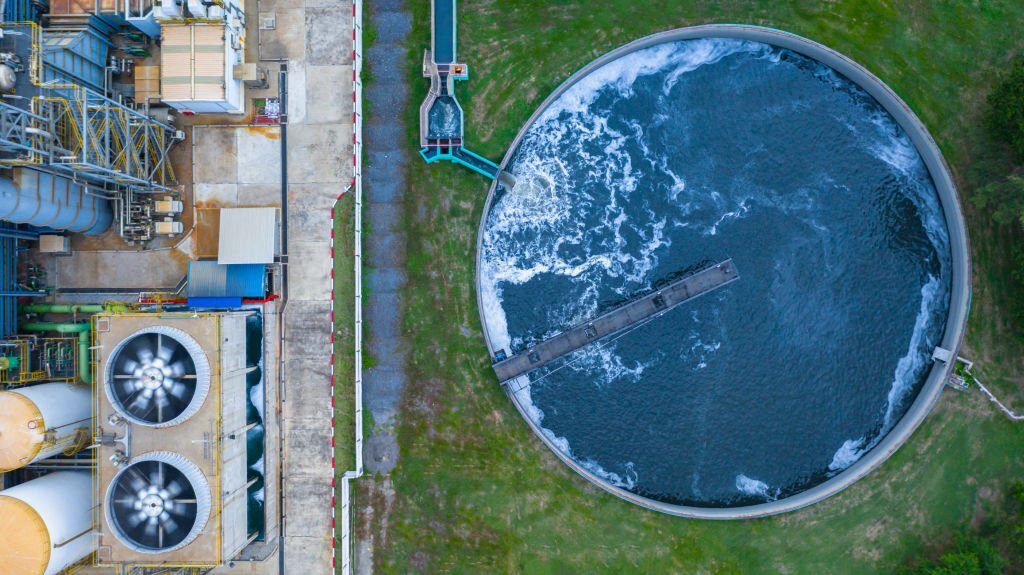Chemistry suggests that water, in its pure state, is composed of closely bonded atoms of oxygen and hydrogen. However, this bonding is quickly hampered as the water supply across the world is forced to share space with foreign stuff such as minerals, organic materials, manmade pollutants, and toxic chemicals. These issues mar the water quality rendering the water undrinkable. Since the water is found to contain harmful bacteria and viruses, and other disease-causing microorganisms, it must be cleaned through several processes. Witnessing the havoc caused, humanity had to formulate several water treatment strategies to purify water and make it safe for consumption.
The methods of treating wastewater may vary at various locations, based on the sewage plant’s working and the kind of water that requires it to be treated. It also depends on the company you choose to purchase your wastewater treatment plants. The more famous and trusted your chosen water company is, the better will be the purification process. Yet, the standard procedures are the same. The following points discuss the primary methods of water treatment. Read the points listed below and learn about the crucial techniques of water purification using a wastewater treatment plant.

Various Processes Involved in Water Treatment Solutions
The Coagulation Process
The coagulation process is about pouring liquid aluminium sulphate, alum or polymer to impure water. It results in the mixture forming chunks of dirt particles in the water. Later, the clumps of dirt particles stick to one another, forming more significant pieces of dirt particles called ‘flocs’ that can be removed effortlessly through filtration or settling.
The Sedimentation Process
When the floc-filled water undergoes the treatment step, they are poured into sedimentation basins. In this process, the water moves gently, ensuring the floc particles get enough time to settle to the bottom of the basin. The floc particles that get collected towards the bottom of the basin is called ‘sludge’. This process is then carried to drying lagoons. The direct filtration method does not include the sedimentation step, and the floc is simply eliminated by filtration.
Filtering of Water
In the filtration process, the semi-cleaned water passes through a filter meant to filter out remaining dirt particles from the water. Such filters are made up of gravel and sand or sometimes even crushed anthracite. The filters are designed to collect as many impurities as possible that are present in water and enhance the effectiveness of disinfection. All filters are periodically cleaned by the method of backwashing.
Tip: Do not forget to clean your filters regularly; otherwise, it may affect their functioning. It is best to inspect your filters every month to ensure they are clean and functioning well.
Disinfecting the Water
Before water enters the distribution system, it is thoroughly disinfected to eliminate all sorts of disease-causing viruses, parasites, and bacteria. Chlorine is also added to water since it is highly effective in keeping the water clean and safe for consumption.
The Drying Process
The drying process is the process where the collected solids from the first filter are gathered and carefully eliminated from the water through sedimentation and filtration. The water is then transferred to drying lagoons.
The Fluoridation Process
The fluoridation process is responsible for treating the water supplies of small communities. It helps to adjust the high concentration of free fluoride ions in the water to a safe level so that issues surrounding dental cavities are minimal. It is mandatory for all water treatment plants to follow this process for the safety of the users.
However, the method of purifying water may have minute differences at different locations based on the wastewater treatment plant’s technology and the kind of water we are dealing with. Yet, the primary methods remain the same.
Levelling of pH
Last but not least, it is extremely important to adjust the pH levels of water before it is distributed in the pipeline. A measured amount of lime is also combined with filtered water. This helps to stabilise naturally soft water further so that we can minimise the chances of corrosion. If the iron content is low, the pipes and taps will not be exposed to the harshness of hard water.
Where to Find Reliable Sewage Treatment Plants in India?
To ensure your environment remains clean and safe, we encourage you to hire our highly experienced Cleantech Water staff today! You may come across a dozen wastewater treatment companies in India, but trust us, nothing beats the quality of services and products provided by the engineers at Cleantech Water plants. We do not believe in degrading the quality of our wastewater treatment plants to meet the deal price. All our plants are tested and go through a series of trials in the factory before they are approved by our professionals. Our artisans work diligently to offer premium-quality wastewater treatment plants to all our clients.
Cleantech Water is by far the most trusted water solutions company in India, offering only high-functioning wastewater treatment plants in India. We promise you all our plants are highly durable, long-lasting, and resistant to damage.
Contact us today at info@cleantechwater.co.in or call us at +91-9558996411. We will be happy to help you out!

